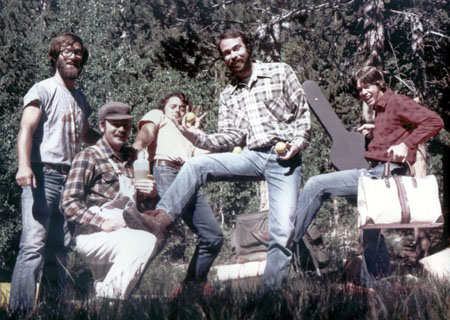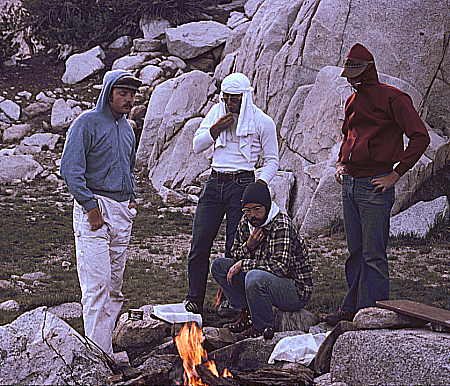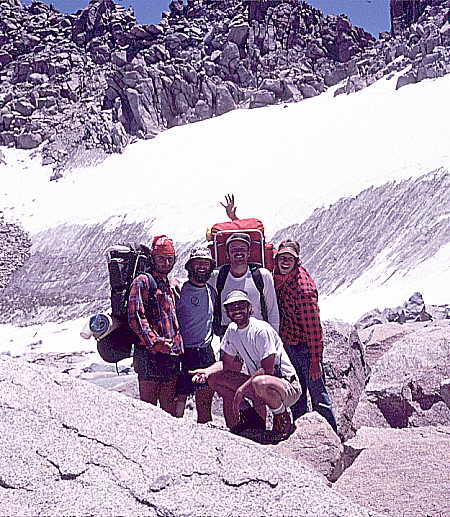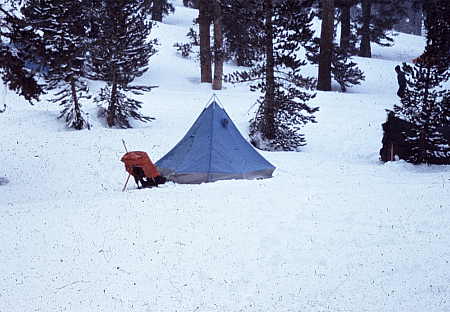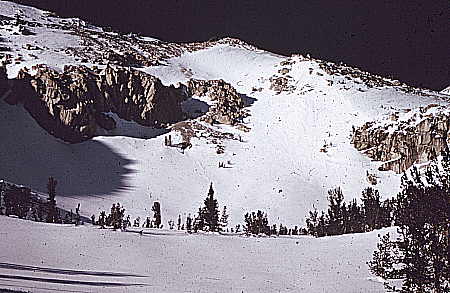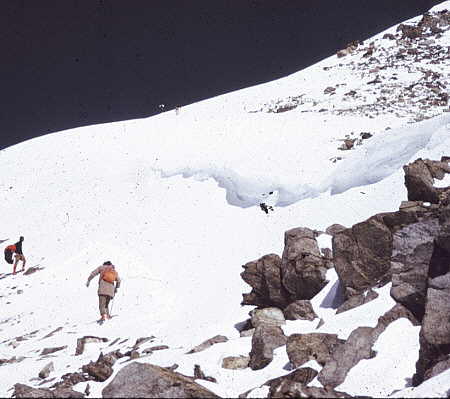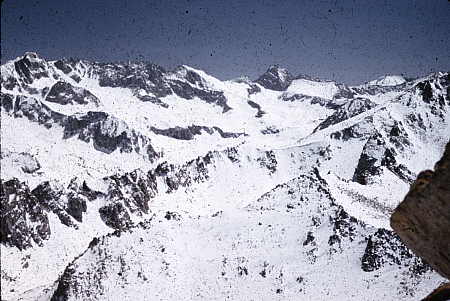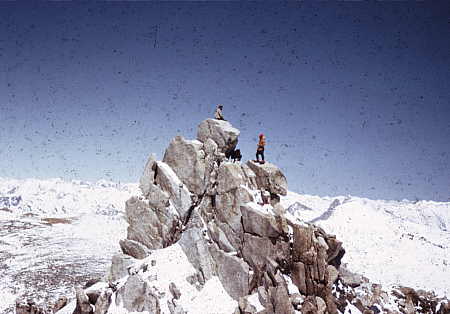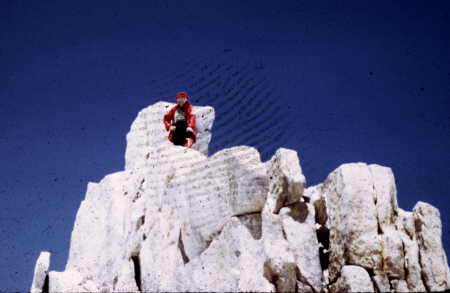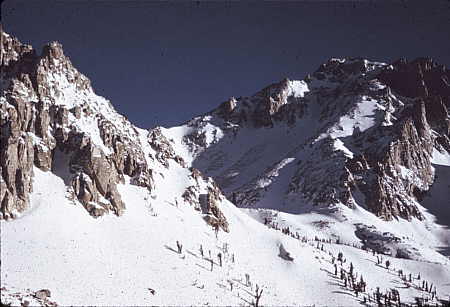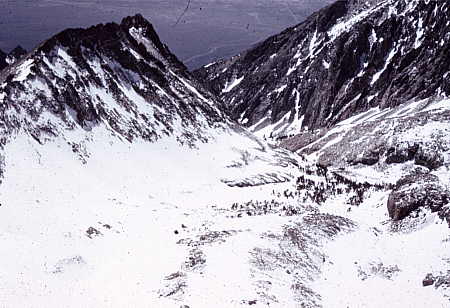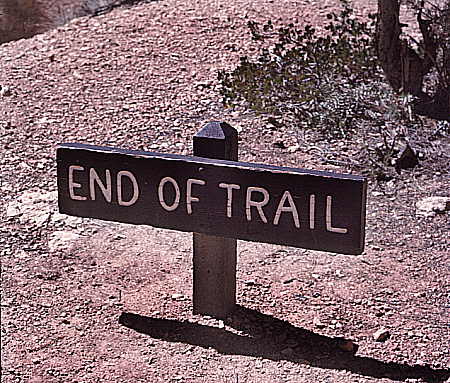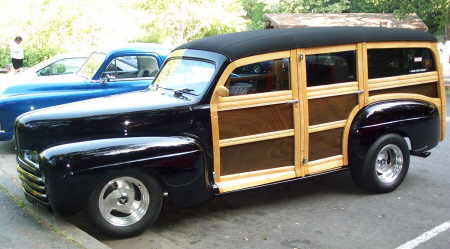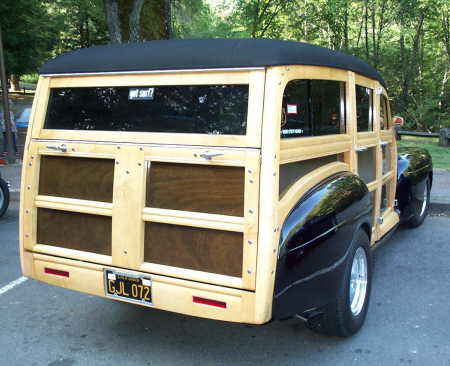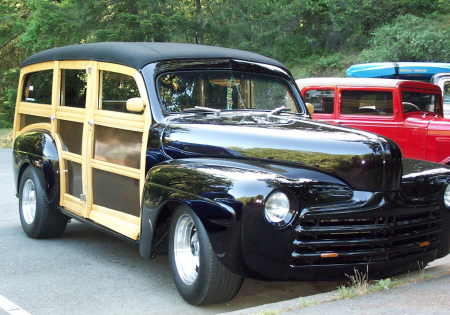A Day at the Races
There is nothing quite like the smell of aircraft fuel, super-heated tire compounds, popcorn and hot dogs all mixed up into one giant aroma that can only mean one thing. It’s race day, and I am in heaven!
An up front confession – I was a racing whore. As a young man I was fortunate enough to connect with a fledgling race team, backed by an awful lot of money, that eventually rose to become a significant player in the Sports Car Club of America (SCCA) Trans-Am racing series. And my involvement? Eager to be around racing and race cars at almost any price, I volunteered a great deal of my time to the long, tedious hours of work that go into producing and maintaining championship race cars. In exchange for my services, the owner of the racing team provided me with airfare, lodging and meals so that I could be a part of the pit crew as the team participated in the Trans-Am racing series around the country. This was pretty heady stuff for a teenager, and I soon grew addicted to the sport of auto racing. Eventually, like all good things, this came to an end as my life began to take other paths.
Later in life, while I was engaged as a computer/business consultant, I managed by chance to become involved in automobile racing once again. This time my position with the race team was a more respectful one. Now I was working in the capacity of an independent contractor, and actually received substantial pecuniary renumeration for my efforts. The type of racing which I was involved with had changed as well. Now I had a chance to rub elbows with the “big boys” of the American racing scene at the time, the Championship Auto Racing Team (CART) racing series. For those unaware of the racing scene, CART was the sanctioning body for the Indianapolis 500 event, prior to the formation of the Indycar Racing League (IRL) by Tony George, the Indianapolis Motor Speedway owner.
My role with my client racing team was that of a database programmer. At this time in racing, radio telemetry systems were all the rage. Real-time monitoring in the pits of all vital automotive systems was being developed and advanced, and all of the major teams were involved in a race to see who could perfect their systems first. Telemetry systems proved to be an important factor in winning the races in the CART racing series. The team I worked for, Arciero and Sons, wanted to extend the usefulness of the data that was being transmitted in real-time from the car to the technicians in the pits. And that is where I came into the picture. My role was fairly simple; capture the data stream as it was received in the pits, creating a database of the various data parameters. The database could then be used in various ways after the race had ended. The biggest benefit from this new addition to telemetry systems was in the postmortem failure analysis that occurred when things went wrong on the track. The team engineers could sift through the recorded data, performing various analytical techniques to try to isolate probable causes of the race cars’ failure.

The photo above shows two automotive engineers at work on the race car prior to the start of the Long Beach Grand Prix in Southern California. What they are doing here is checking, double-checking, and then triple-checking the telemetry sensors and transmitters vital to this new system (winning teams have a peculiar quirk, they like to triple-check everything).
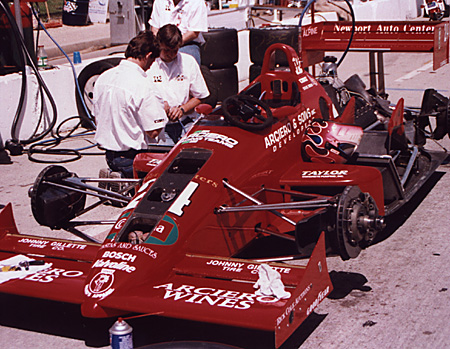
As the engineers verify the proper functioning of the various automotive systems, they put the car back together in preparation for the race.
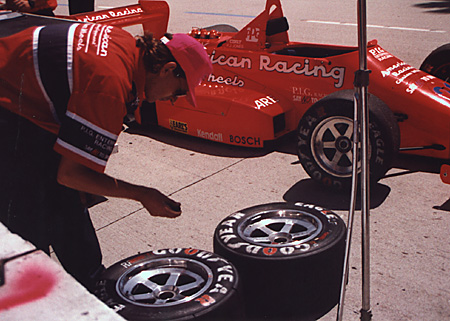
Here, a rival competitor’s crew member checks the air pressure in the tires that will be used at the first pit stop. Usually each team will assign one crew member with the responsibility of checking tire pressures every 15 minutes or so, to adjust for pressure changes resulting from changes in air temperature. It is an exacting process, and no detail goes unchecked (by winning teams, that is).
 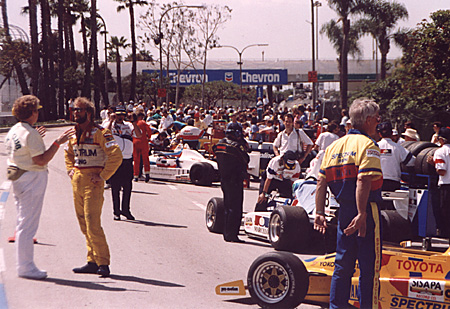
The excitement and tension begins to build amongst the folks involved in the racing effort. A lot of time, effort, and money have been allocated to the racing endeavor, and all are hopeful for the best results, but each racer knows that only one car will cross the finish line first.
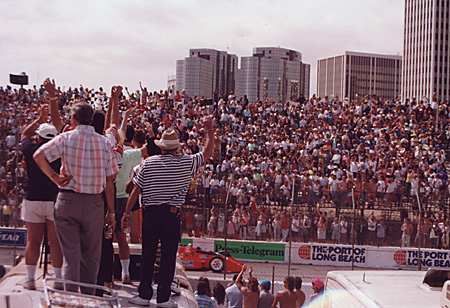
When the race finally gets underway, thousands upon thousands of race fans gather and cheer along the teams that they favor. And once again, I get to savor the pungent, almost sickening-sweet aroma of aircraft fuel, super-heated tire compounds, popcorn and hot dogs. And I love every moment of it!



